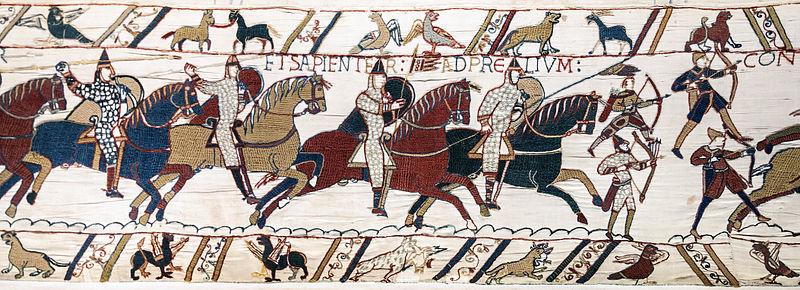The British Isles in the Middle Ages, c. 800 to c. 1500

This Outline brings you face to face with medieval kings, knights, bishops, merchants and peasants. It allows you to visit the medieval past of almost every corner of the British Isles and explore the place of its kingdoms in the wider world. Under the guidance of expert lecturers and supervisors you will study political developments from the rise of Wessex in the ninth century to the civil wars of the fifteenth, and engage with profound social, religious and economic changes, including transformations of monastic life and popular religion, intensified exploitation of resources, the challenge of environmental crisis, and the growth of towns and commerce. Outline O2 offers a journey through a vital and formative period of history, and a chance rethink traditional narratives in light of the latest research.
The development of the English polity is the initial focus in the first term. England’s relative ‘precocity’ in terms of its political centralization and evolution of ‘state’ structures has frequently been remarked upon, and the lectures and supervisions tackle this, while also raising questions about such claims. The course begins with the advent of the Vikings, the concentration of power in the hands of West Saxon kings, and then the subsequent ‘unification’ of England in the tenth century. The political development of the English kingdom is a thread running through this first part of course, but it is set deliberately in the context of larger configurations of power in which that kingdom was periodically absorbed. Thus the transient effects of the conquest by the Danes under Cnut in the eleventh century are contrasted with the much more enduring impact of the Normans, in which England became the centre of a new dynasty’s power and its politics were transformed through the kingdom’s integration into a new cross-Channel realm. The course also examines later medieval entanglements of insular and continental politics, focusing particularly on the empire of the Angevins (which, again, had the English crown, and England’s resources, at its core), and then the Hundred Years War and the failed experiment in ‘Plantagenet Empire’. The evolving character of kingship, and the resistance that kings met from their subjects, are salient themes.
In the second term the paper is more deliberately thematic, and lectures and supervisions are designed in part to offer a broader perspective on some of the events and changes encountered during the first term. You have the chance, for instance, to explore distinctive power structures and societies that came into being in the ‘Irish Sea World’, English ‘imperial’ expansion in Wales, Scotland and Ireland (and resistance to it), or the relationship between population growth and movements of people between different parts of the British Isles. While term one focused on the experience of England as the most powerful polity, term two’s aim is partly to challenge and decentre that perspective.
The paper’s 12 themes are explored through 24 lectures linked to the programme of supervisions. You will write essays on wide-ranging questions, and dive into written primary sources, or perhaps maps, images and other types of material, all chosen to stimulate discussion and debate.
Image: Bayeux Tapestry - Scene 51 - The Battle of Hastings: Norman knights and archers (c.1070)
